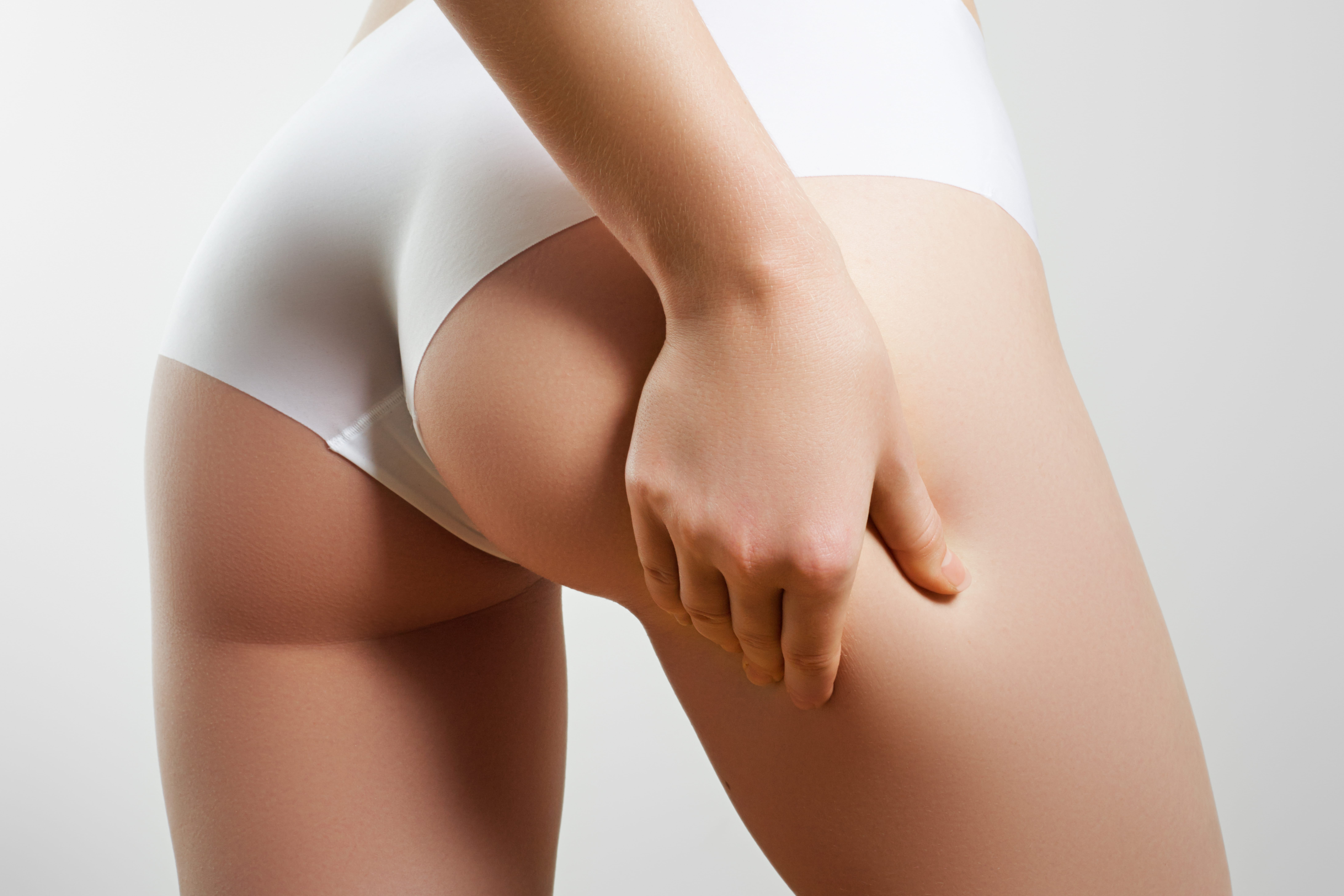By Doctor Eric Plot
Three questions to Doctor Eric Plot, aesthetic surgeon in Paris.

Q- What is cellulite?
— There are three different types of cellulite, a phenomenon that is extremely common in women after puberty, in particular in the thighs and buttocks.
Aqueous cellulite is characterised by water retention, due to poor lymphatic and venous circulation.
Fibrous cellulite is characterised by incrusted collagen fibres underneath the skin, which get harder and can become painful.
Finally, adipose cellulite, which is the most common form and is the one we will talk about here. It is associated with three different lesions, to varying degrees:
- excess superficial fat
- fat pads, which give the skin a mottled appearance (the orange peel phenomenon)
- sagging skin
Thanks to new technologies, and how they are combined, adipose cellulite can now be treated effectively without surgery.
Q- What are these new anti-cellulite techniques, and what you can do with them?
— Currently, there are 3 medical treatments available: monopolar radiofrequency with ultrasounds, subcision and shock waves.
- Monopolar radiofrequency with ultrasounds enables us to treat excess superficial fat and sagging skin
This brand-new technology, branded as Exilis™, involves “melting” away the superficial fat with targeted thermal energy and tightening up the skin by causing it to produce new collagen, for even results with no risk of burns.
These procedures are carried out in a doctor’s surgery, in 4 to 5 sessions, each lasting around twenty minutes, spaced a week apart.

- Subcision, allows us to treat the fat pads
One of the most difficult aspects of cellulite to treat are its fat pads, which are responsible for the skin’s mottled appearance. They are caused by rows of fibrous matter (or septae) that are perpendicular to the surface of the skin and cut through the fat in the thighs and buttocks: over time, some of these fibres are stretched, pulling the skin inwards. This creates the uneven texture known as “orange peel skin”. Great progress has recently been made in the treatment of fat pads, thanks to a procedure called Cellfina™ which severs these lines of fibrous matter. The skin is released and relaxes upwards to become smooth and even.
Subcision is carried out under local anaesthetic in a doctor’s surgery, in just one 45- to 90-minute session, with rapidly-visible results.


- Shock waves enable us to improve sagging skin
Reserved for mild cellulite, the aim of this pain-free external treatment is to improve the skin’s appearance.
The procedure involves sending powerful acoustic shock waves into the tissues to break the structure of the cellulite, giving a lifting and firming effect to the skin and improving local circulation, which helps cellulite to be eliminated over time. I use the technology developed by Zimmer Aesthetics™.
It is a gentle and easy treatment, carried out in a series of eight to twelve short sessions. The effects are generally visible between the sixth and eighth session.
Q – Why do you use the techniques together?
— Given the complex nature of cellulite, which includes several different problems to treat, depending on each patient’s case, I believe it is more effective to combine these technical solutions.
In my practice, I think it is useful to round off a radiofrequency and ultrasound session with a few minutes of acoustic shock waves, so as to increase the skin reshaping effect. This is the protocol that I have developed to optimise the treatment of excess superficial fat and sagging skin at the same time.
For the thighs, combining subcision with radiofrequency and ultrasounds is particularly suitable for treating all the components of cellulite.
Depending on each patient’s case, and after an in-depth clinical analysis, I select and combine the techniques that will give an optimum result. I am aware that these techniques represent real progress in the treatment of adipose cellulite.
 Doctor Eric Plot
Doctor Eric Plot
Reconstructive, aesthetic and plastic surgeon, qualified with the French National Order of Doctors and certified with the French National Authority for Health (HAS).
Having lived in Paris since 1997, he performs surgery on the breasts, figure and face, treats cellulite and practises aesthetic medicine.
Elected by his peers as a board member for the French Society of Aesthetic and Plastic Surgeons (SOFCEP), he is also an active member of the SOFCPRE and ISAPS (International Society of Aesthetic and Plastic Surgery).
Co-author of “La Chirurgie du Bonheur” (Ed. du Panthéon), he writes a blog about topical subjects in the surgical and aesthetic medicine fields.















